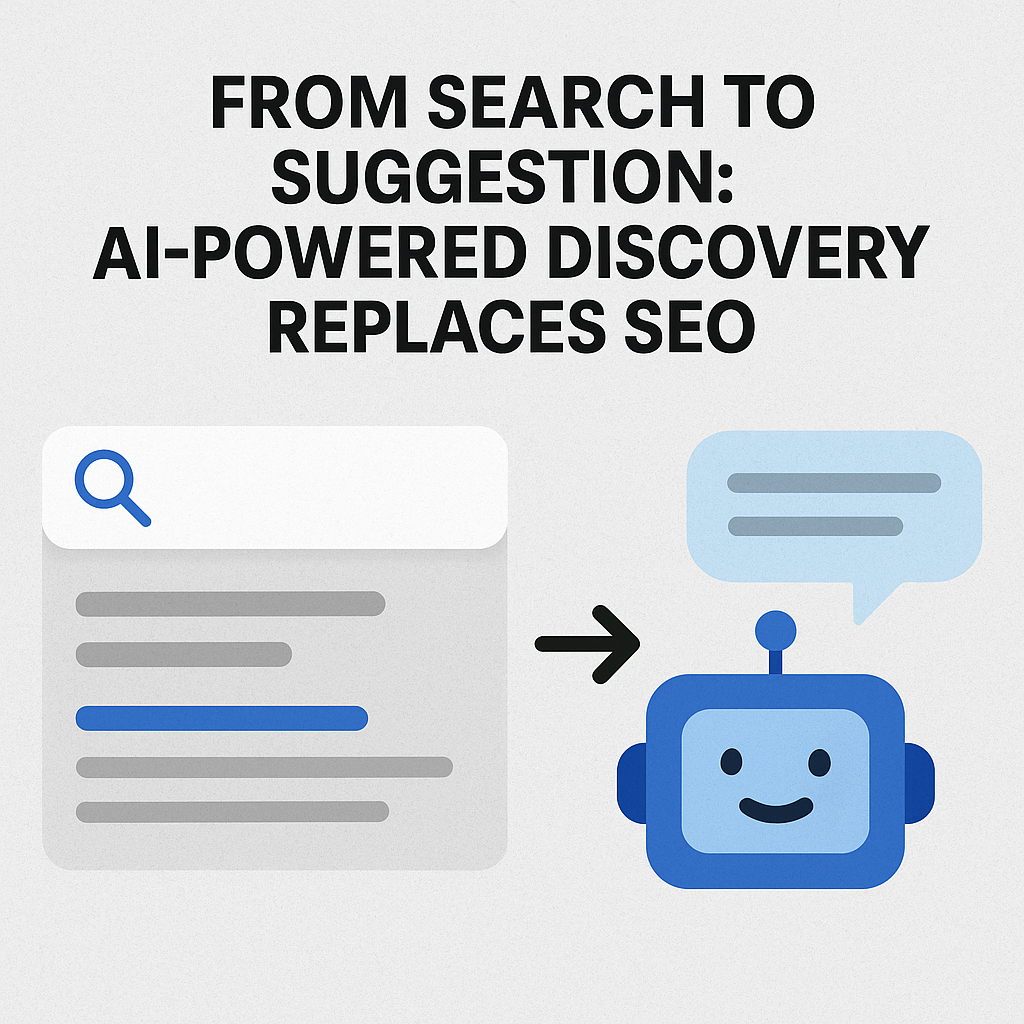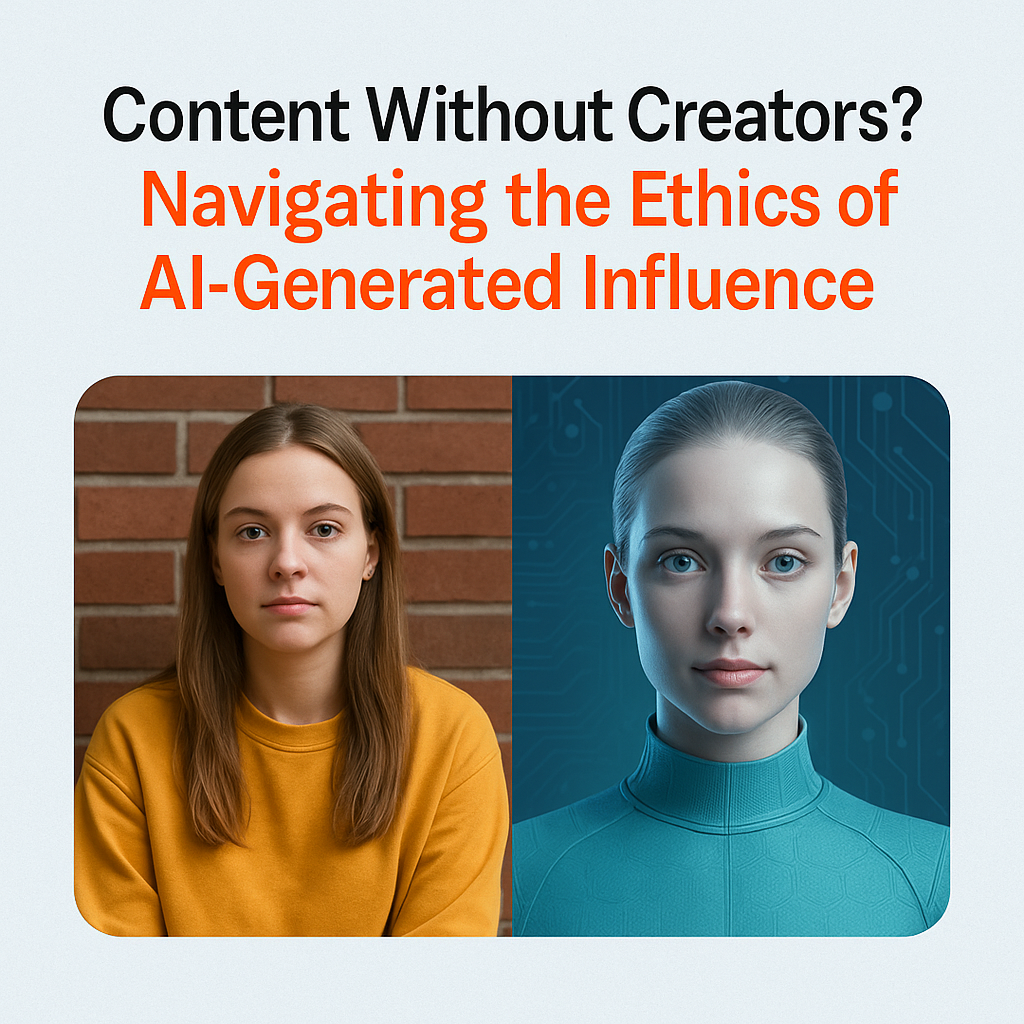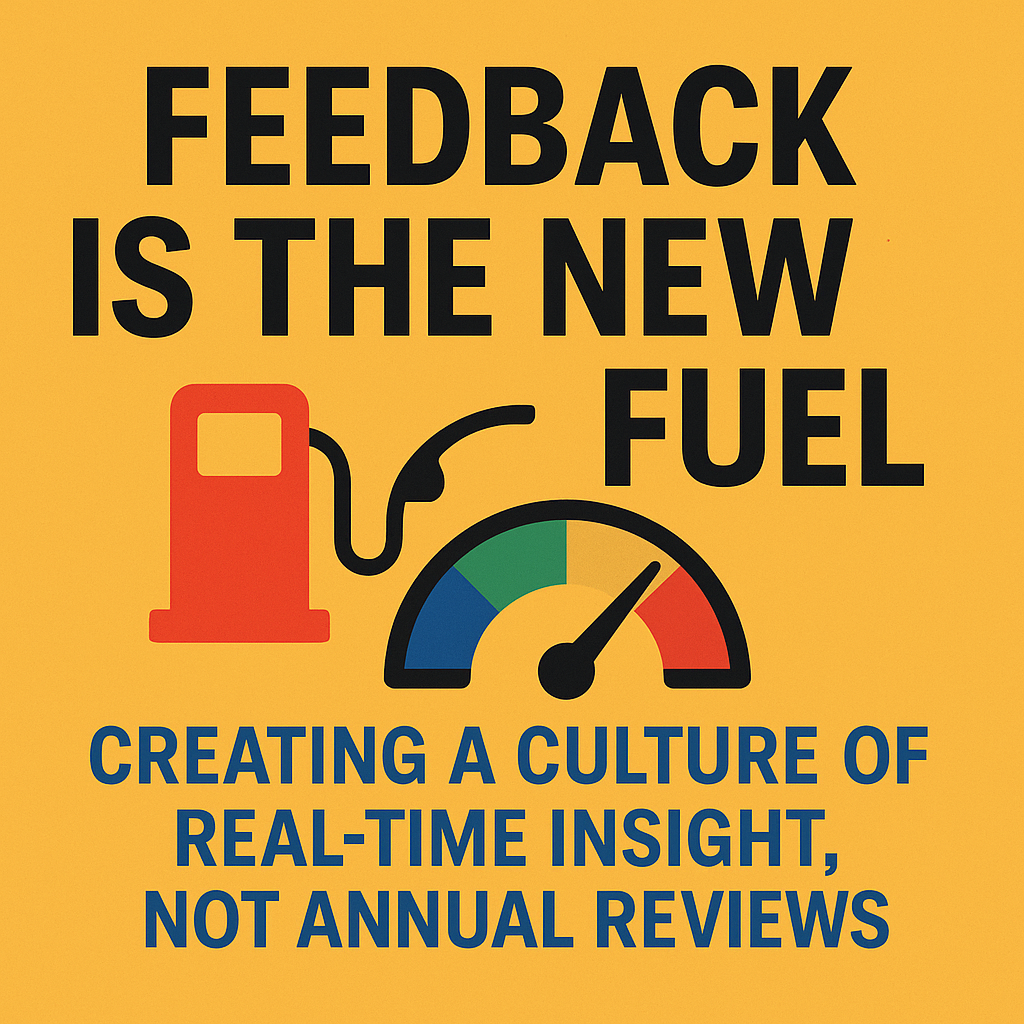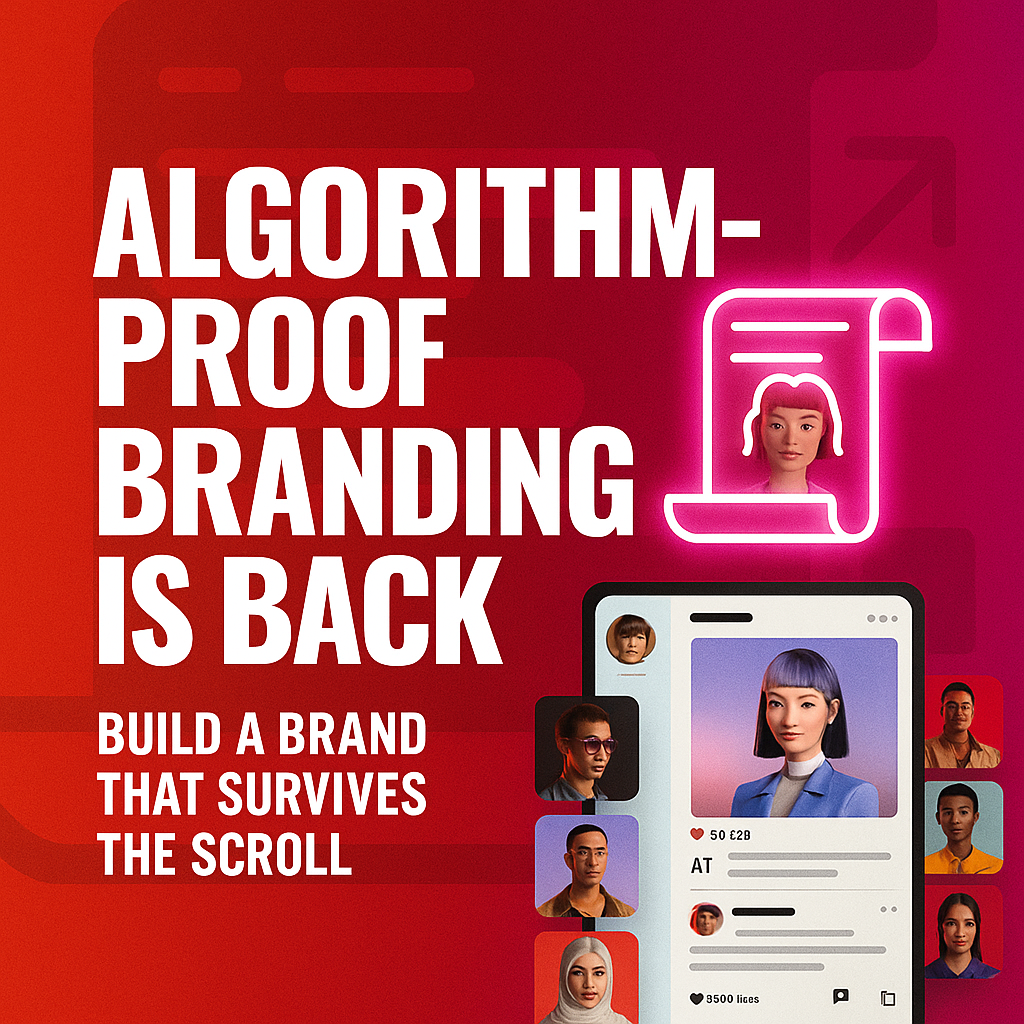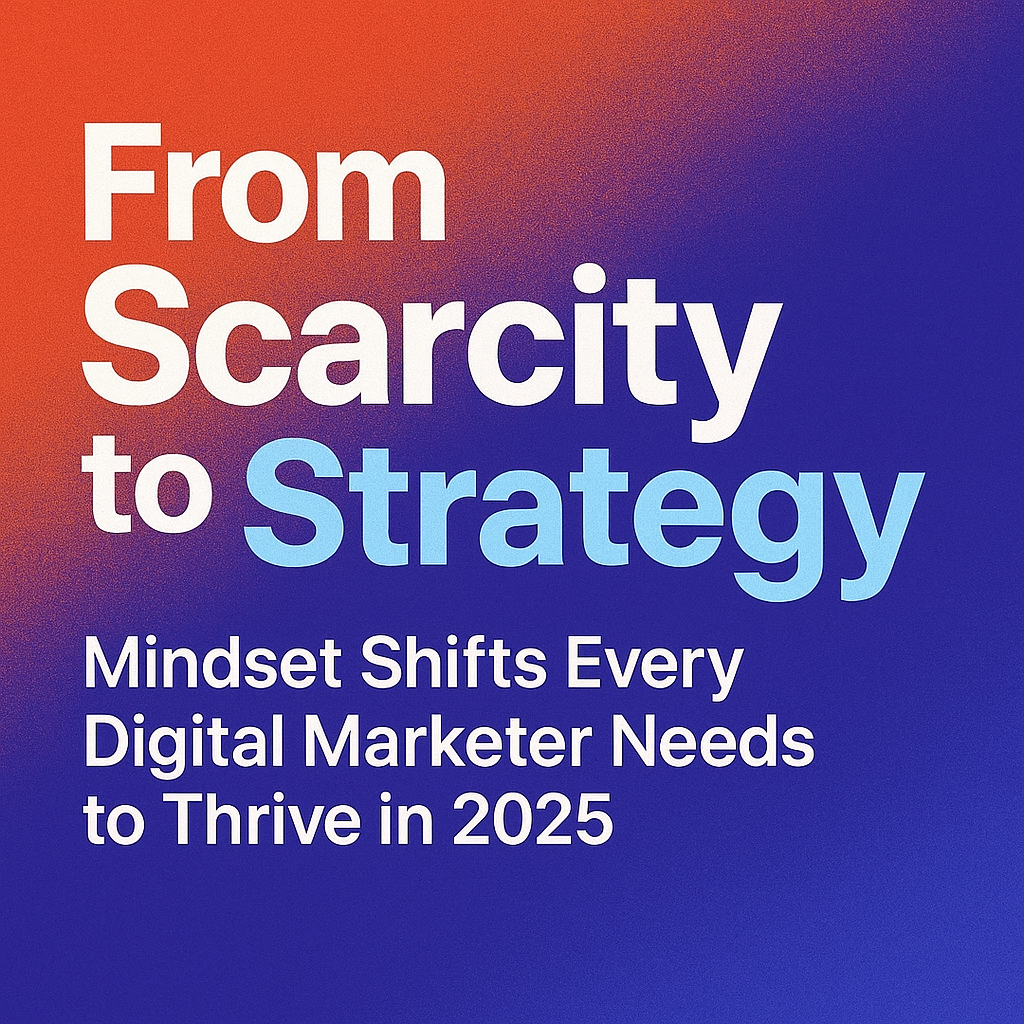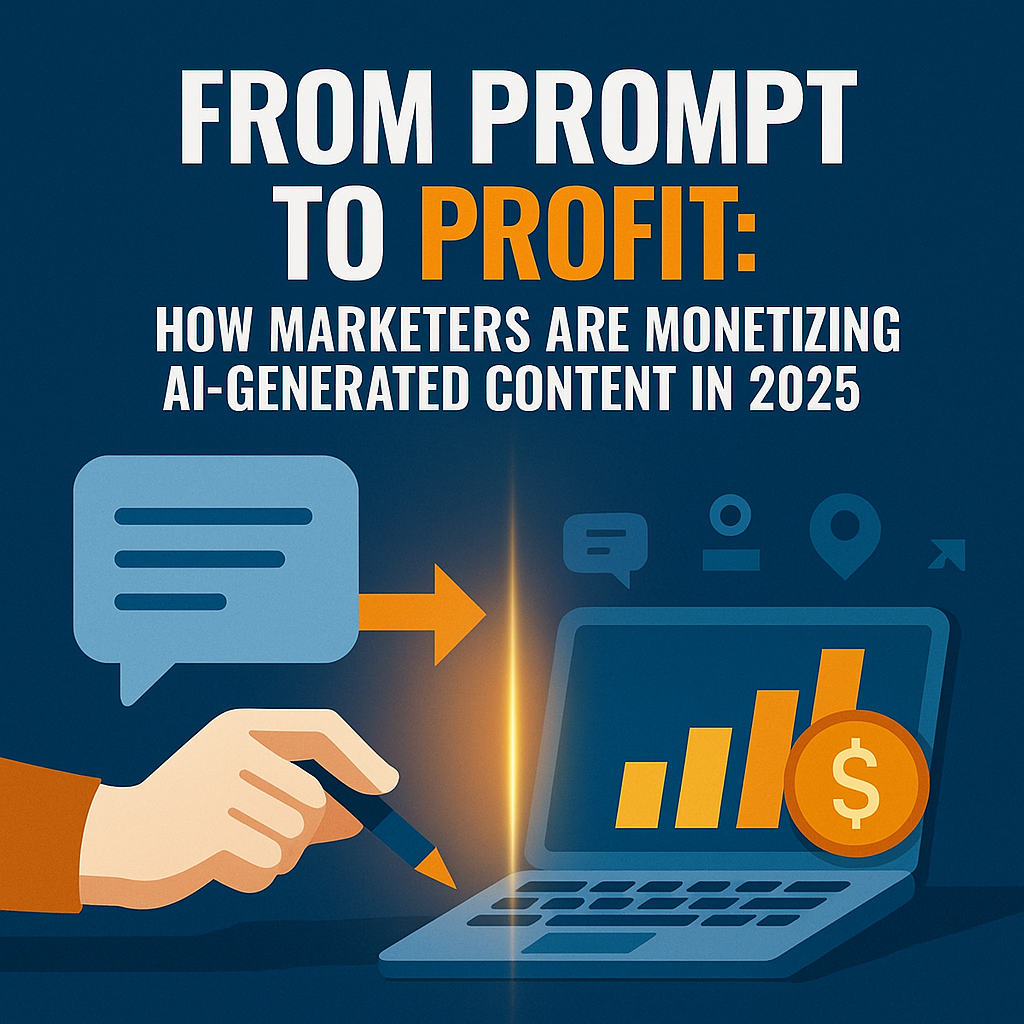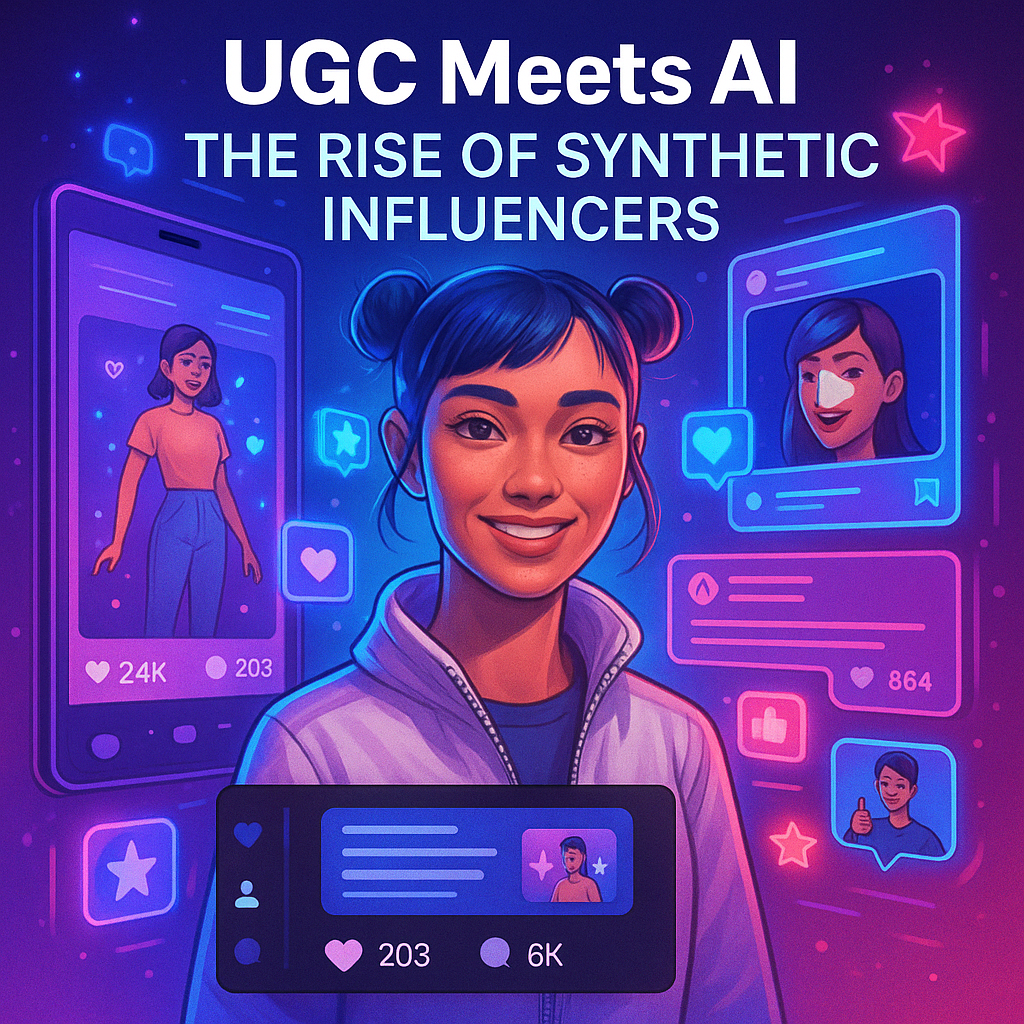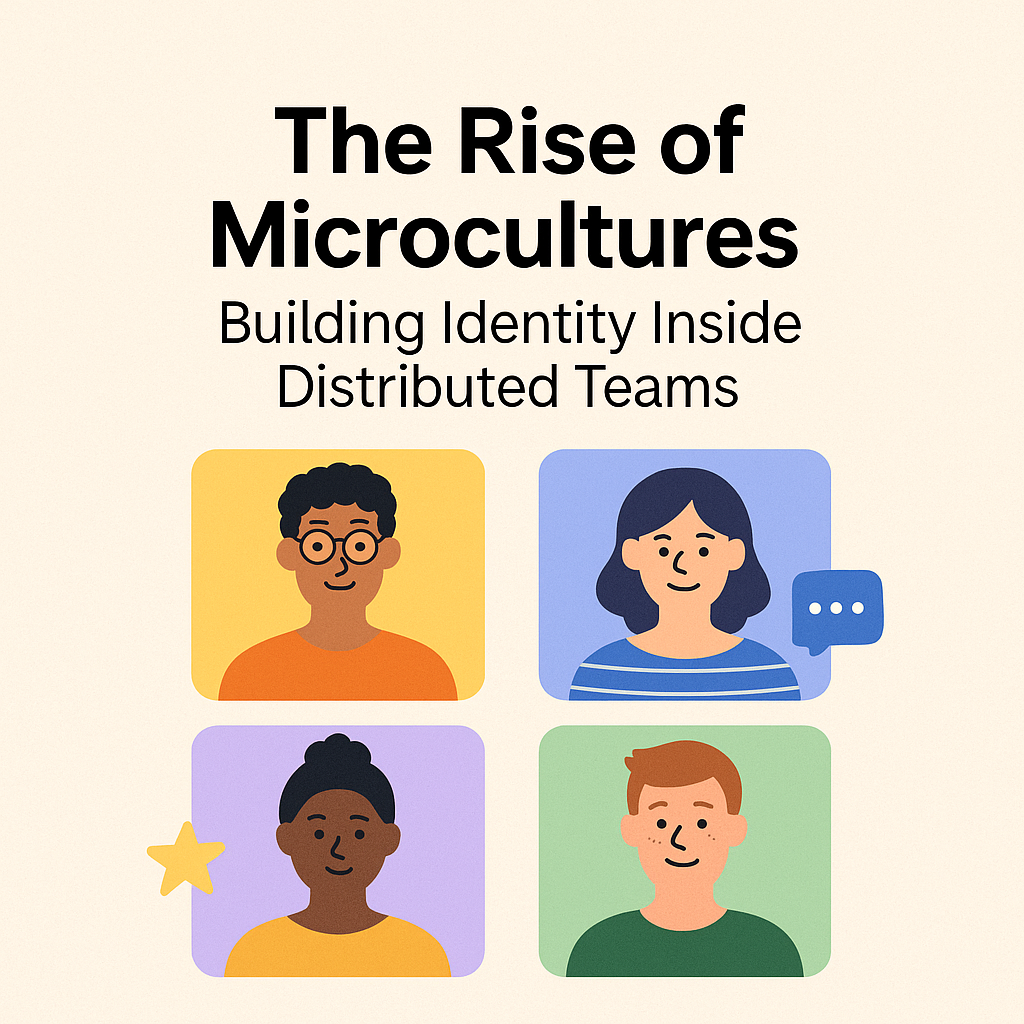From Search to Suggestion: AI-Powered Discovery Replaces SEO
The rules of digital visibility are shifting. For decades, Search Engine Optimization (SEO) has been the primary way to drive discovery, clicks, and traffic. But in 2025, the game is changing. AI-powered discovery is rewriting how consumers find information, products, and services—moving us from “search” to “suggestion.”
